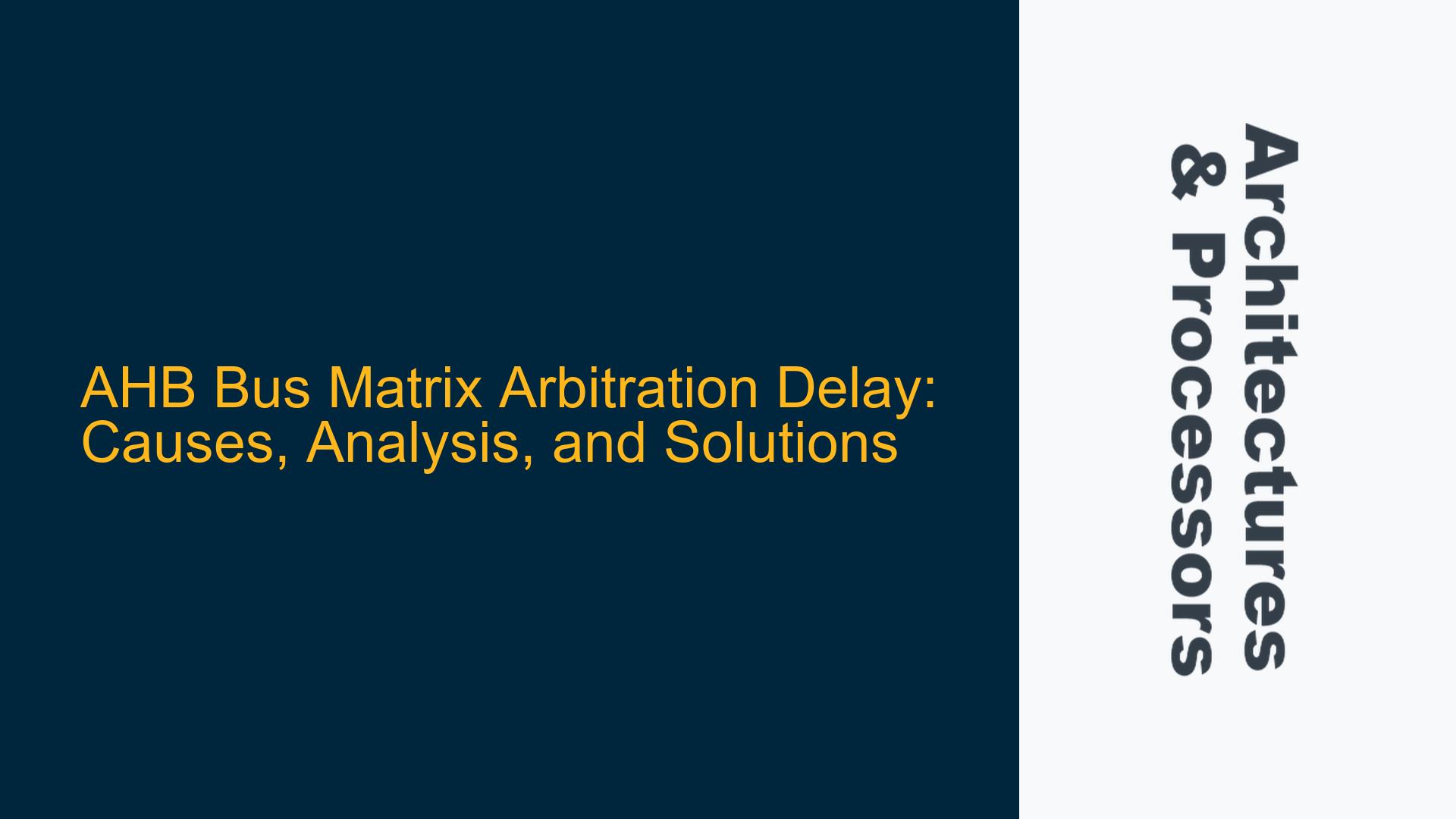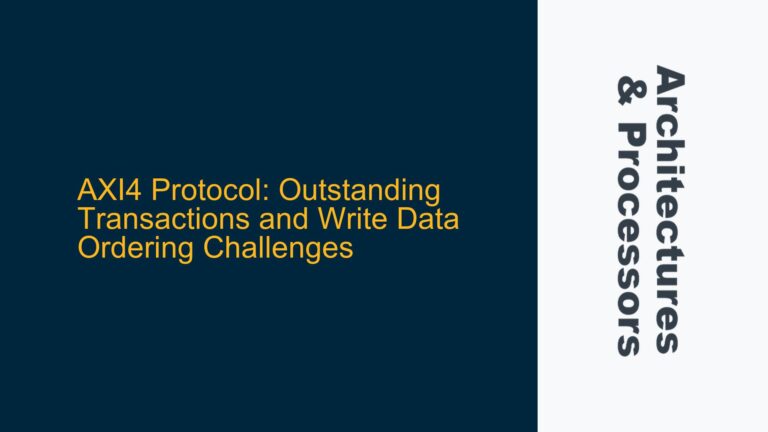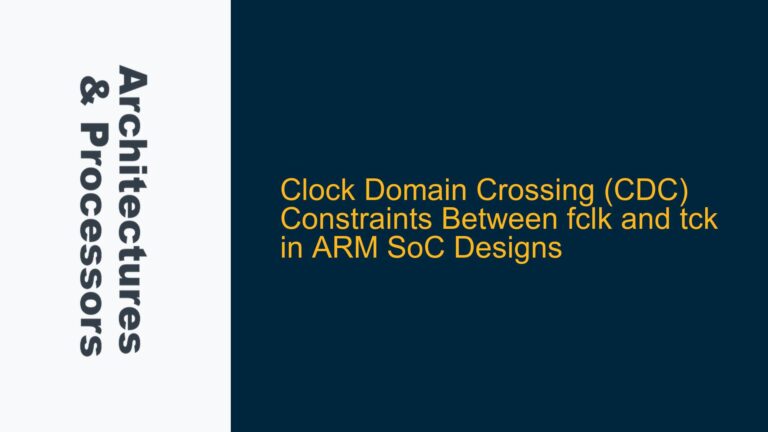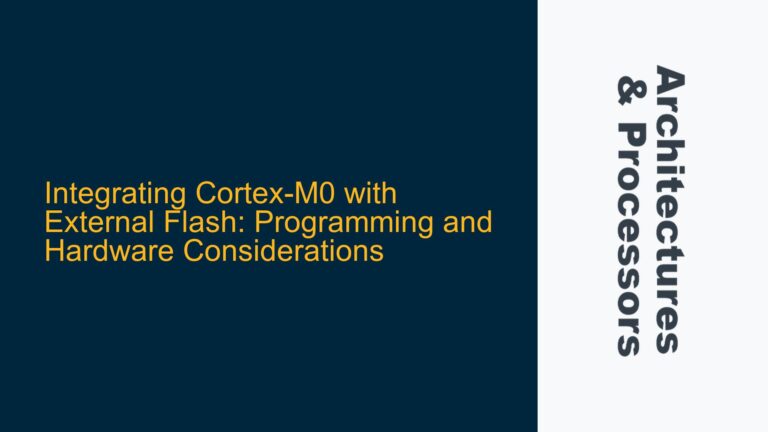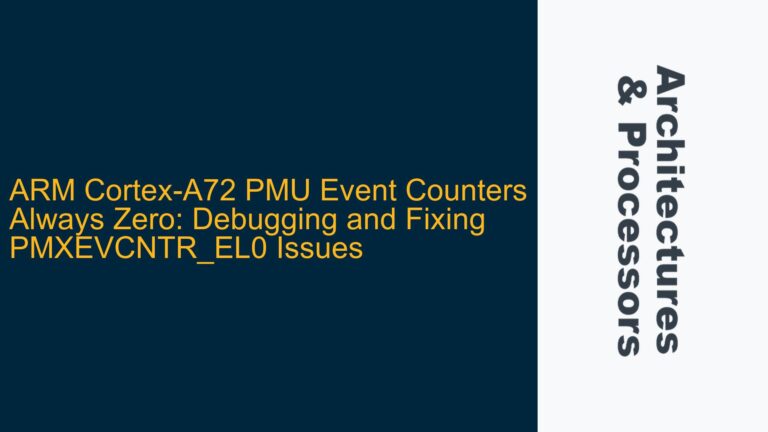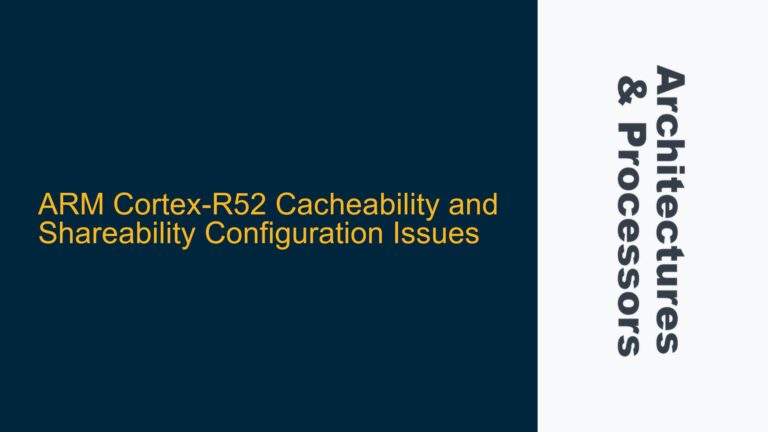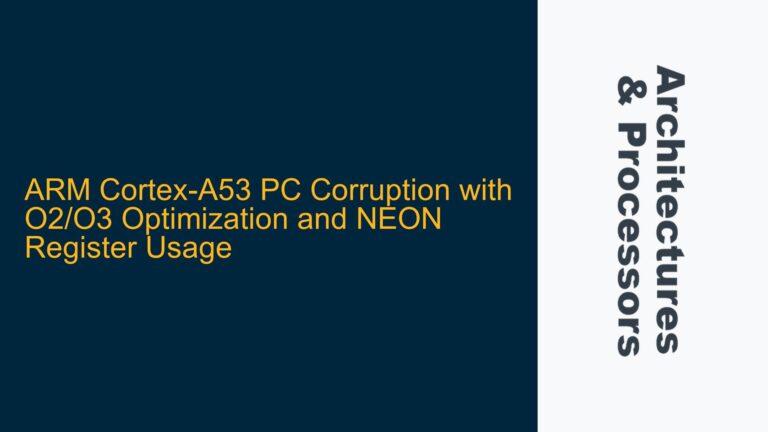AHB Bus Matrix Arbitration Delay in Uncontested Transactions
The AHB (Advanced High-performance Bus) Bus Matrix is a critical component in ARM-based systems, facilitating communication between multiple masters and slaves within a System-on-Chip (SoC). A common issue observed in AHB Bus Matrix implementations is the presence of an initial arbitration delay, even in scenarios where there is no contention between masters. This delay manifests as an additional cycle where the !HREADY signal is asserted, effectively stalling the transaction for one cycle. This behavior is observed regardless of the arbitration scheme employed, whether round-robin, fixed, or burst-based.
The delay is rooted in the design of the AHB Bus Matrix, specifically in its output stage arbiter. When a master initiates a transaction to a new target slave, the Bus Matrix introduces an arbitration cycle to ensure proper address decoding, routing, and setup time for the new transfer. This cycle is added to avoid creating a critical timing path that could compromise the system’s overall performance. While this design choice ensures robustness and timing closure, it introduces a latency penalty that can impact performance-sensitive applications.
This issue is particularly noticeable in systems where low-latency transactions are critical, such as real-time embedded systems or high-performance computing applications. Understanding the root cause of this delay, its implications, and potential workarounds is essential for optimizing system performance.
Arbitration Cycle Overhead and Timing Path Constraints
The arbitration delay in the AHB Bus Matrix is a deliberate design choice to address timing path constraints within the Bus Matrix. When a master initiates a transaction to a new target slave, the following steps occur:
- Address Decoding and Routing: The Bus Matrix decodes the address to determine the target slave and routes the transaction to the appropriate output stage.
- Arbitration Check: The output stage arbiter performs an arbitration check to ensure no conflicts with other potential transactions.
- Setup Time Compliance: The Bus Matrix ensures that the transaction meets the setup time requirements of the target slave.
These steps introduce combinatorial logic paths that can become critical timing paths if not managed carefully. To avoid timing violations, the Bus Matrix adds an arbitration cycle to provide sufficient time for these operations to complete. This cycle is added even in uncontested scenarios, as the logic path remains the same regardless of contention.
The delay is particularly pronounced in the AHB-lite CMSDK BusMatrix, which is a widely used implementation. This design does not provide options to bypass the arbitration cycle, as doing so would risk violating timing constraints. However, newer implementations, such as the AHB5-based BusMatrix in the ARM SIE-200 product, offer zero-latency arbitration options. These options reduce or eliminate the arbitration delay but come at the cost of longer combinatorial paths, which must be carefully managed to meet timing requirements.
In addition to the AHB-lite CMSDK BusMatrix, similar behavior has been observed in the ARM NIC-400 interconnect. The NIC-400, while highly configurable and optimized for performance, also introduces arbitration delays in certain configurations. These delays are particularly noticeable in point-to-point connections where no other traffic is present. The NIC-400 does not currently offer a high-performance option that eliminates these delays entirely, although its flexibility allows for some optimization through configuration.
Mitigating Arbitration Delay: Techniques and Trade-offs
While the arbitration delay in the AHB Bus Matrix is inherent to its design, there are several techniques to mitigate its impact on system performance. These techniques involve a combination of hardware configuration, software optimization, and system-level design choices.
1. Leveraging Wait State Masking
One of the key features of the AHB Bus Matrix is its ability to mask the arbitration delay when the target slave is already in a wait state. If the slave is returning a wait state (!HREADY) for the final data phase of a transaction, the arbitration cycle is effectively hidden, as the master is already stalled. This behavior can be exploited to minimize the perceived latency penalty. By ensuring that transactions to high-latency slaves are grouped together, the arbitration delay can be masked more frequently.
2. Optimizing Transaction Scheduling
In systems with multiple masters, careful scheduling of transactions can reduce the impact of arbitration delays. By prioritizing transactions that target the same slave, the number of arbitration cycles can be minimized. This approach requires a deep understanding of the system’s traffic patterns and may involve custom arbitration schemes or priority configurations.
3. Upgrading to AHB5-Based BusMatrix
For systems where low-latency transactions are critical, upgrading to an AHB5-based BusMatrix, such as the one found in the ARM SIE-200 product, can provide significant benefits. The AHB5 BusMatrix offers zero-latency arbitration options that eliminate the initial arbitration delay. However, this comes at the cost of longer combinatorial paths, which must be carefully managed to ensure timing closure. Designers must weigh the benefits of reduced latency against the increased complexity of meeting timing requirements.
4. Configuring NIC-400 for Optimal Performance
In systems using the ARM NIC-400 interconnect, careful configuration can help mitigate arbitration delays. While the NIC-400 does not offer a high-performance option that eliminates delays entirely, its flexibility allows for optimization through parameter tuning. For example, adjusting the arbitration scheme, priority levels, and burst settings can reduce the frequency and impact of arbitration delays.
5. System-Level Design Considerations
At the system level, designers can take several steps to minimize the impact of arbitration delays. These include:
- Partitioning the Bus Matrix: Dividing the Bus Matrix into smaller, more manageable segments can reduce the combinatorial path length and improve timing.
- Using Local Memory: Placing frequently accessed data in local memory can reduce the number of transactions that traverse the Bus Matrix, thereby reducing the impact of arbitration delays.
- Pipeline Optimization: Ensuring that the pipeline stages of the Bus Matrix are optimized for the specific use case can help reduce latency.
6. Analyzing and Profiling System Performance
Finally, thorough analysis and profiling of system performance are essential for identifying and addressing arbitration delay bottlenecks. Tools such as ARM’s Cycle Models and performance analyzers can provide detailed insights into transaction timing and help identify opportunities for optimization.
Conclusion
The arbitration delay in the AHB Bus Matrix is a well-known issue that stems from the need to manage timing path constraints in complex SoC designs. While this delay is inherent to the AHB-lite CMSDK BusMatrix and similar implementations, there are several techniques to mitigate its impact. These include leveraging wait state masking, optimizing transaction scheduling, upgrading to AHB5-based BusMatrix, configuring the NIC-400 for optimal performance, and making system-level design choices that reduce the frequency and impact of arbitration delays.
For designers working on performance-sensitive applications, understanding these techniques and their trade-offs is essential for achieving the desired system performance. By carefully analyzing system behavior, profiling performance, and making informed design choices, it is possible to minimize the impact of arbitration delays and ensure that the AHB Bus Matrix meets the requirements of even the most demanding applications.
